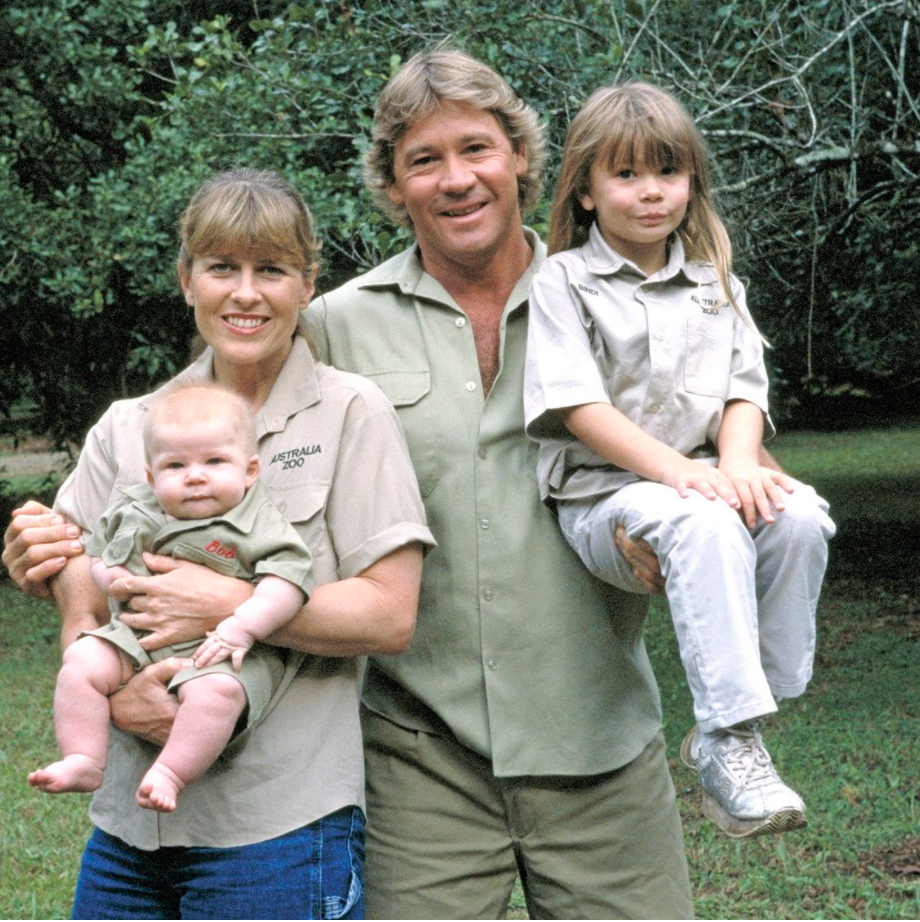
Best Appliances in Australia for 2025
Choosing appliances for your home is about so much more than ticking a box for function. It’s about selecting products that suit your lifestyle, offer long lasting reliability, and bring refined[...]

September 4th beckons the day Australians mourned the death of a national icon. Today, Steve Irwin’s image is immortalised in culture and via his Wildlife Reserve.
Steve Irwin is known for his camera-charisma, larrikin antics with wildlife and potent Aussie accent. His endearment for animals was inspired by his upbringing. His father, Bob, had a passion for wildlife, specifically amphibians, and his mother, Lyn, was involved in wildlife care.
In his early years in Queensland, his parents developed the small Queensland Reptile and Fauna Park, where Steve was reared around crocodiles and a plethora of Australian reptiles.
Irwin was voluntarily embroiled in the Park in a number of ways, attending to daily animal feeding, as well as care and maintenance activities. After being educated by his father on the reptiles, Steve began handling and grappling with crocodiles at the tenor age 9.
He spent his teen and young adult years contributing for Queensland’s East Coast Crocodile Management program. During that period, he captured over 100 crocodiles which were relocated to his family’s park. Irwin came to the helm of the park in 1991 and in 1998 renamed it Australia Zoo.
In 1991, Terri Raines, a naturalist from Eugene, Oregon, visited the wildlife rehabilitation facilities and zoos in Australia where she fortuitously met Steve.
Four months into dating the couple were engaged and married in June, 1992. Together they had Bindi Irwin in July, 1998 and a son Robert, named after Irwin’s father, in December, 2003.
For their honeymoon, they went on a trip trapping crocodiles together. Steve’s friend John Stainton recorded them working, which later became the first episode of The Crocodile Hunter.
Despite being heavily embroiled in wildlife work, Irwin was a fervent family man. Irwin said that his daughter Bindi is “the reason [he] was put on the Earth.”
Irwin was an emphatic conservationist and believed in prolestising environmentalism by sharing his excitement about the natural world as opposed to preaching to people. He was discerned with conservation of endangered animals and land clearing leading to loss of habitat.
Steve shot to domestic fame when The Crocodile Hunter premiered in 1996. Moreover, in 1997, he was catapulted to international fame when the series premiered in the US. It later aired in 130 countries to over 500 million people.
On 4 September 2006, at Batt Reef, near Port Douglas, Queensland, Steve was taking part in the production of the documentary series Ocean’s Deadliest. During a lull in filming, Irwin began to snorkel in shallow waters, when he approached a short-tail stingray from the rear, for film footage, when he was punctured by its tail.
The stingray’s barb pierced his heart, engendering him to bleed to death. Irwin was rushed to the nearby Low Isles where he was pronounced dead.
In homage to his ostensible death, the road along Australia Zoo was renamed Steve Irwin Way. The Australian government announced a national park to be named the Steve Irwin Wildlife Reserve.
Steve Irwin Day is annually celebrated on November 15 in Australia .

Choosing appliances for your home is about so much more than ticking a box for function. It’s about selecting products that suit your lifestyle, offer long lasting reliability, and bring refined[...]

An Australian navy vessel has inadvertently caused widespread disruption to internet and radio services across parts of New Zealand’s North and South Islands this week. The incident happened early[...]

When it comes to sourcing premium quality meats, not all butchers are created equal. We’ve reviewed some of the most popular and highly regarded butcheries Sydney-wide, assessing them on product[...]

When it comes to choosing fine jewellery, not all jewellers are created equal. From exquisite engagement rings to rare timepieces and one of a kind bespoke creations, Sydney’s luxury jewellery[...]